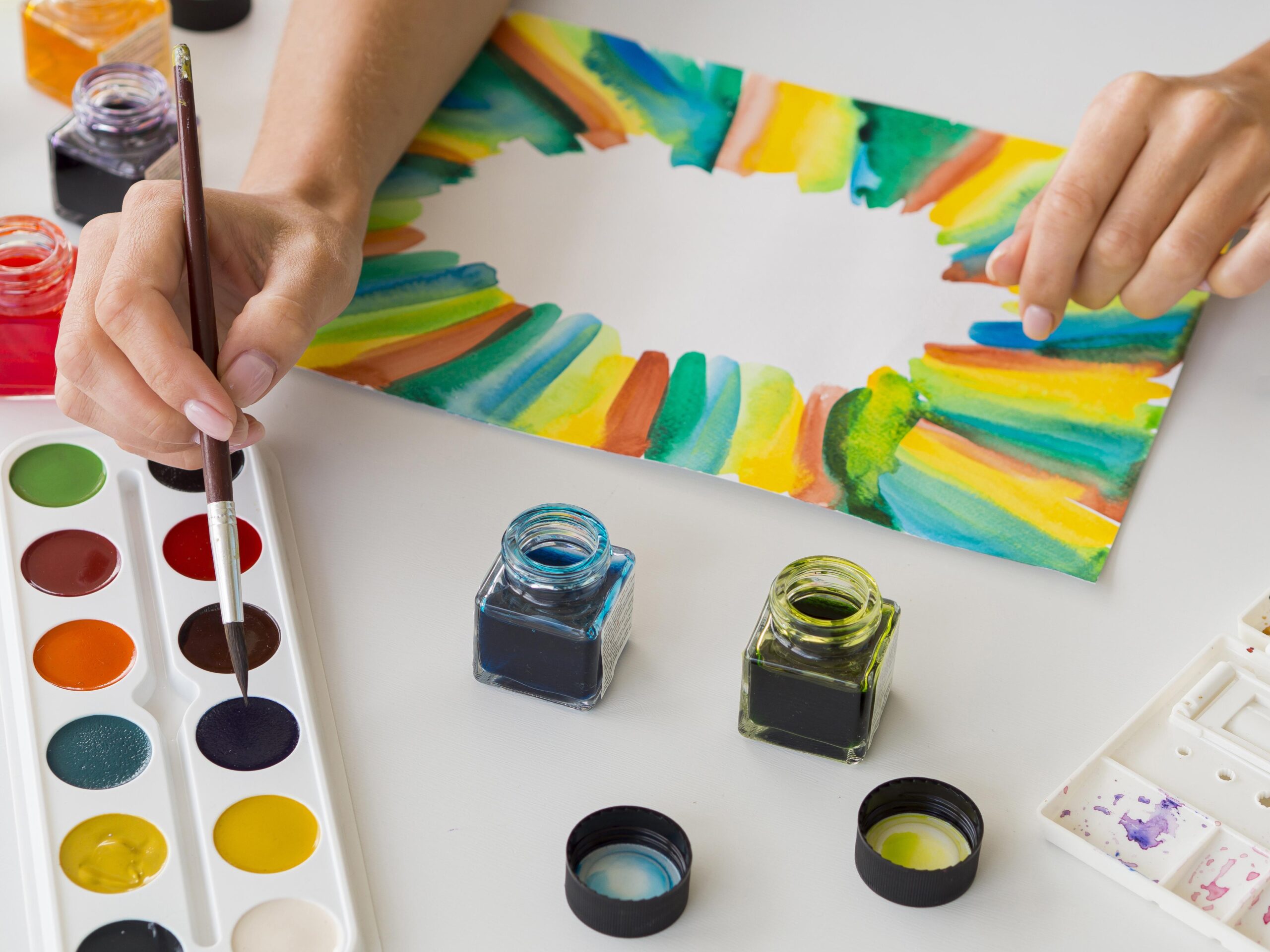ART THERAPY AND COUNSELING

Art Therapy and Counseling: More Than Just for Children
When people hear “art therapy,” many imagine children with crayons or paint brushes drawing out their feelings. While it’s true that art therapy is widely used with children, it is also a powerful and evidence-based mental health service for people of all ages. Art therapy is a form of psychotherapy facilitated by trained art therapists. It combines the creative process of making art with therapeutic dialogue to support emotional expression, insight, and healing. Adults facing challenges often find that creating art helps access thoughts and feelings that may be difficult to express verbally. Art can bypass defenses, uncovering deeper emotional material in a gentle and accessible way. Adolescents and older adults, including those with cognitive or physical limitations, also respond well to art therapy, which allows people to explore and process experiences at their own pace.
Enhancing the Counseling Process
In a counseling setting, integrating art with talk therapy opens up new pathways for insight and reflection. Clients may draw, paint, collage, or sculpt their experiences, then explore the images together with the therapist. This process of creating and reflecting can make therapy more dynamic, meaningful, and accessible— especially for those who struggle to express themselves through words alone.
Creative expression offers a safe, non-threatening way to approach sensitive topics. It often helps clients move through emotional blocks or resistance that may arise in traditional talk therapy. Artmaking slows us down, invites reflection, and helps us make sense of what’s happening internally. Emotions, memories, and personal narratives can surface organically—sometimes in ways that surprise even the client.
Art therapy supports, such as;
- Emotional challenges and stress relief
- Processing of trauma and loss
- Self-discovery and identity work
- Communication and relationship challenges
- Building confidence and resilience
It also allows therapists to observe symbolic or developmental patterns in artwork, which can inform the therapeutic direction and goals.
How I Use Art in Therapy
You don’t need to have any artistic skills—art therapy is about the process, not the product.
In my work as a counselor, I use art as one of many tools to help clients explore emotions, gain insight, and move through challenges. For some clients, making art in session becomes a central part of the therapeutic process. For others, it’s something we use occasionally—to check in, process a difficult experience, or gain a new perspective. You never have to create art if you don’t want to. Therapy is always centered around your comfort and your needs.
Shwanpach Ratanapinyopong MA, ATR-BC, ATCS


